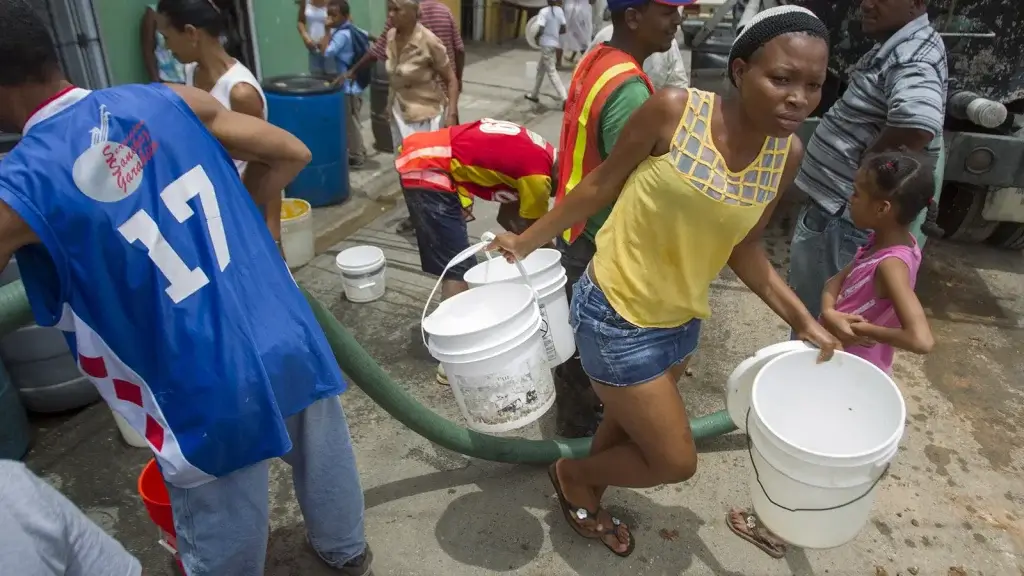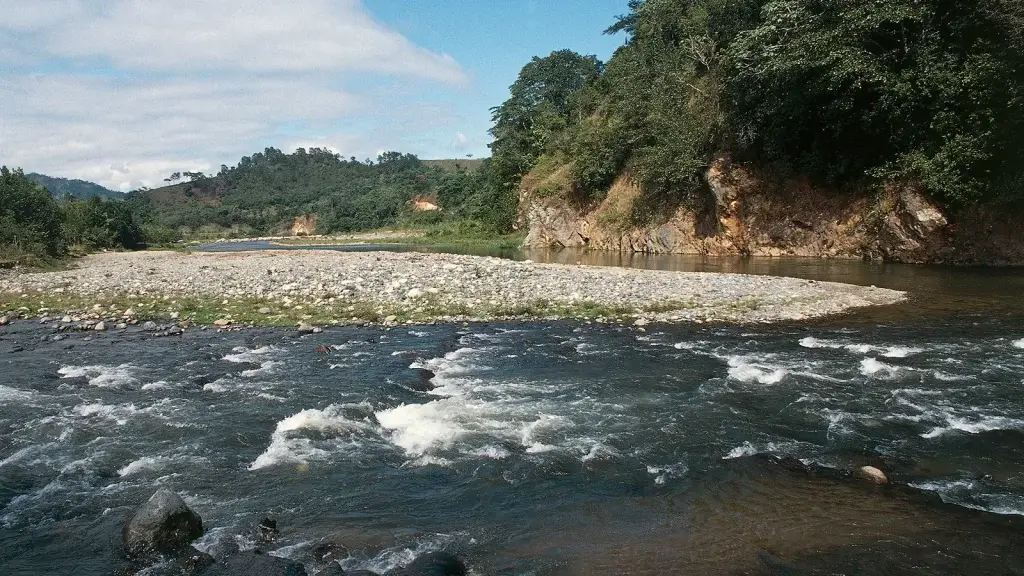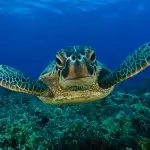How planting trees is bringing clean water to a tropical nation

The Dominican Republic’s forests are being cut down for grazing land – and it’s also having a serious effect on the water supply. Is planting new trees a natural solution to the crisis?
by Lucy Sherriff / BBC
Nothing, not even a drop, came out. Even the pipes, which usually gurgled in anticipation, stayed silent. Reynoso and her neighbours, who live in Santo Domingo, the capital of the Dominican Republic, would go without running water for 22 days – an increasingly common occurrence across the mountainous Caribbean island of Hispaniola, which the country shares with Haiti.
Historically, the country has relied on bountiful natural supplies of water, which are freely accessible to both public and private entities. Over the past century, however, that supply has been under threat. Increased demands from the tourist, mining, and agricultural industries have meant less is left for local people.
“Economic and population growth are putting great pressure on the Dominican Republic’s traditionally bountiful water resources,” says Chloe Oliver Viola, a senior water supply and sanitation specialist at the World Bank. “Reforms and greater investments are urgently needed to ensure sustainable use and safe water supply for businesses and households.”
Decades of deforestation to make way for cattle grazing,natural disasters like hurricanesdestroying already-fragile sewer systems and infrastructure, andmismanagement of water resourceshave resulted in the country experiencinga water crisisit has never seen before, says Francisco Núñez, the Central Caribbean director of The Nature Conservancy, a nonprofit organisation specialising in water and land conservation. “We’re going through a severe drought,” he says. “Animals have been dying, crops failing. To build a dam to conserve water supplies is not enough – we need nature to provide water, we need to go back to the ecosystem and rebuild from the beginning.”

In 2011, Núñez helped launch a multi-country project called theLatin American Water Funds Partnership, bringing millions of dollars of funding from conglomerates such as the world’s largest bottler of fizzy drinks, to invest in water projects in the Latin America and Caribbean regions. The partnership established 24 water funds throughout the region, forming a set of guidelines in order to set standards and best practices for each fund.
Núñez, who was born and raised in the Dominican Republic, spearheaded two water funds in his home country – one restoring three river basins in the Santo Domingo region, and one high in the mountains, in the watershed of the Yaque del Norte,the longest river in the country.The aim of the water funds is simple, says Patricia Abreu, head of the Santo Domingo Water Fund: “to focus on nature-based solutions contributing to achieve water security for the future”.
To achieve this, the projects have been increasing tree canopies, ensuring the water is managed efficiently, delivering clean water to local communities, and bringing sustainable and long-term economic empowerment to rural areas – through environmentally beneficial industries.
The Yaque del Norte river basin is home to significant agricultural production, as well as being the country’s second-largest metropolitan area, which has led to increasing tension between water users. “As an island state, we’re very vulnerable to climate change,” Abreu adds. “And the effects are altering the way the water cycle works.”
Of all the water on Earth,only 0.5% is fresh wateravailable for industrial, agricultural and domestic use. This water is found in groundwater aquifers, freshwater lakes, and rivers – areas vital to the world’s water supply, and whichare under threatfrom deforestation, habitat degradation, and expansion of cities. Although Latin Americahas the most water sources in the world, 36 million peoplein the region lack access to clean drinking water.
Núñez and Abreu estimate the drought has been ongoing since 2015, although there is a lack of scientific research within the country when it comes to environmental issues. “It’s a huge challenge,” says Abreu. “As a country we need to build up better data about our water sources – both surface water and underground aquifers. There’s not a whole lot of information about what state they’re in. And we need that information for better decision making, and to work out how we approach the threats of a degraded system.”

Much of The Nature Conservancy’s work has been around data gathering, education, and involving all water users – from public utilities to private corporations to rural farming communities. “Our aim is to get everyone involved, and everyone educated, on the importance of conserving and properly managing water,” Núñez says. “This model is about everybody coming together to work on the same goal.”







